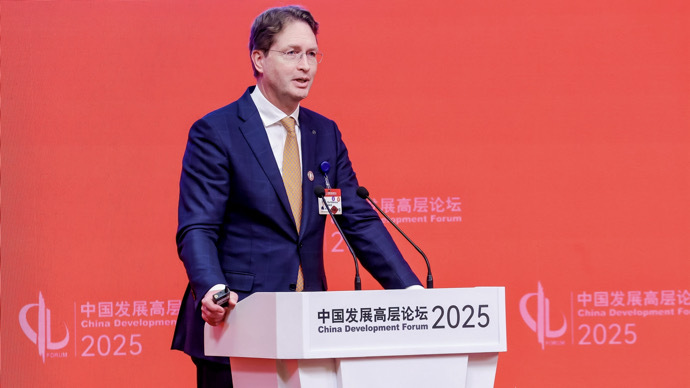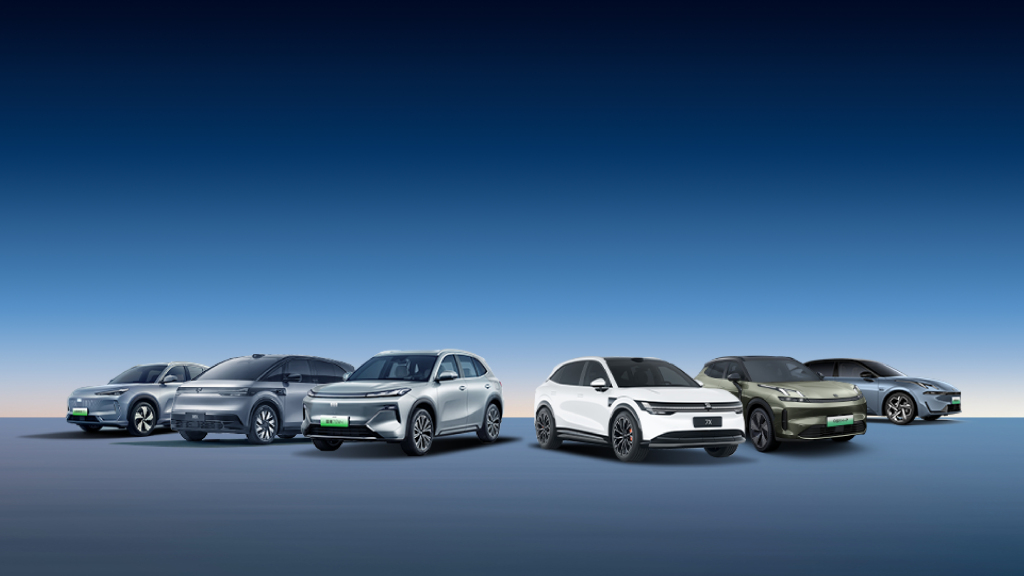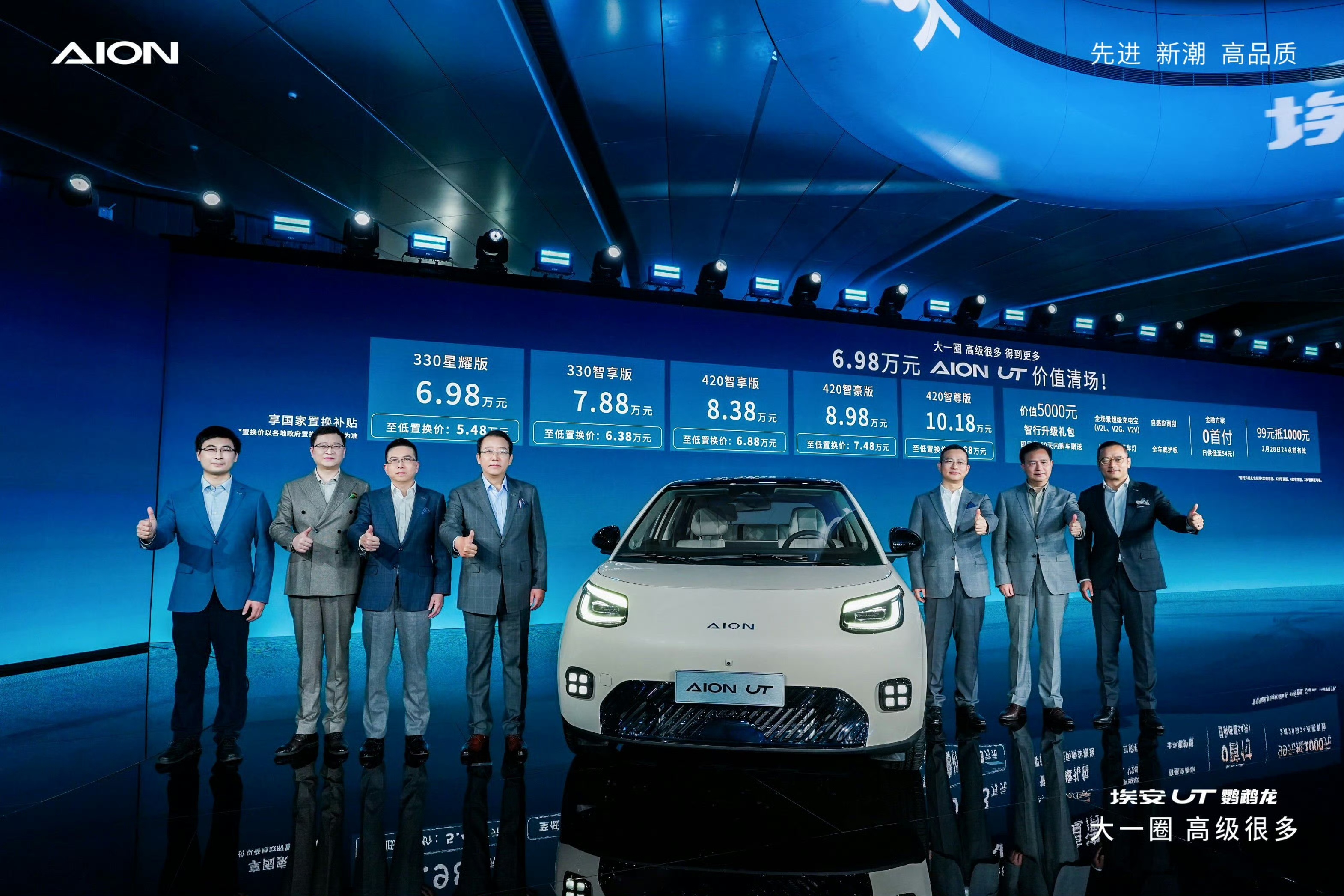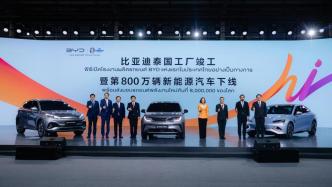
When it comes to today's Chinese automobile market, fierce market competition is a core issue. The market is getting closer to the Red Sea, forcing major car companies to explore strategies to deal with the widespread nervousness in the industry. "Cars going overseas" has obviously become an antidote to the industry, and it also foreshadows one of the main themes of China's automobile development in the coming period.
Among them, BYD, an automobile company with an annual production and sales of more than 3 million vehicles and a "giant" in the new energy automobile industry, has undoubtedly become the focus of market attention. And BYD has indeed sent an important signal to the outside world with practical actions, that is, "going overseas."
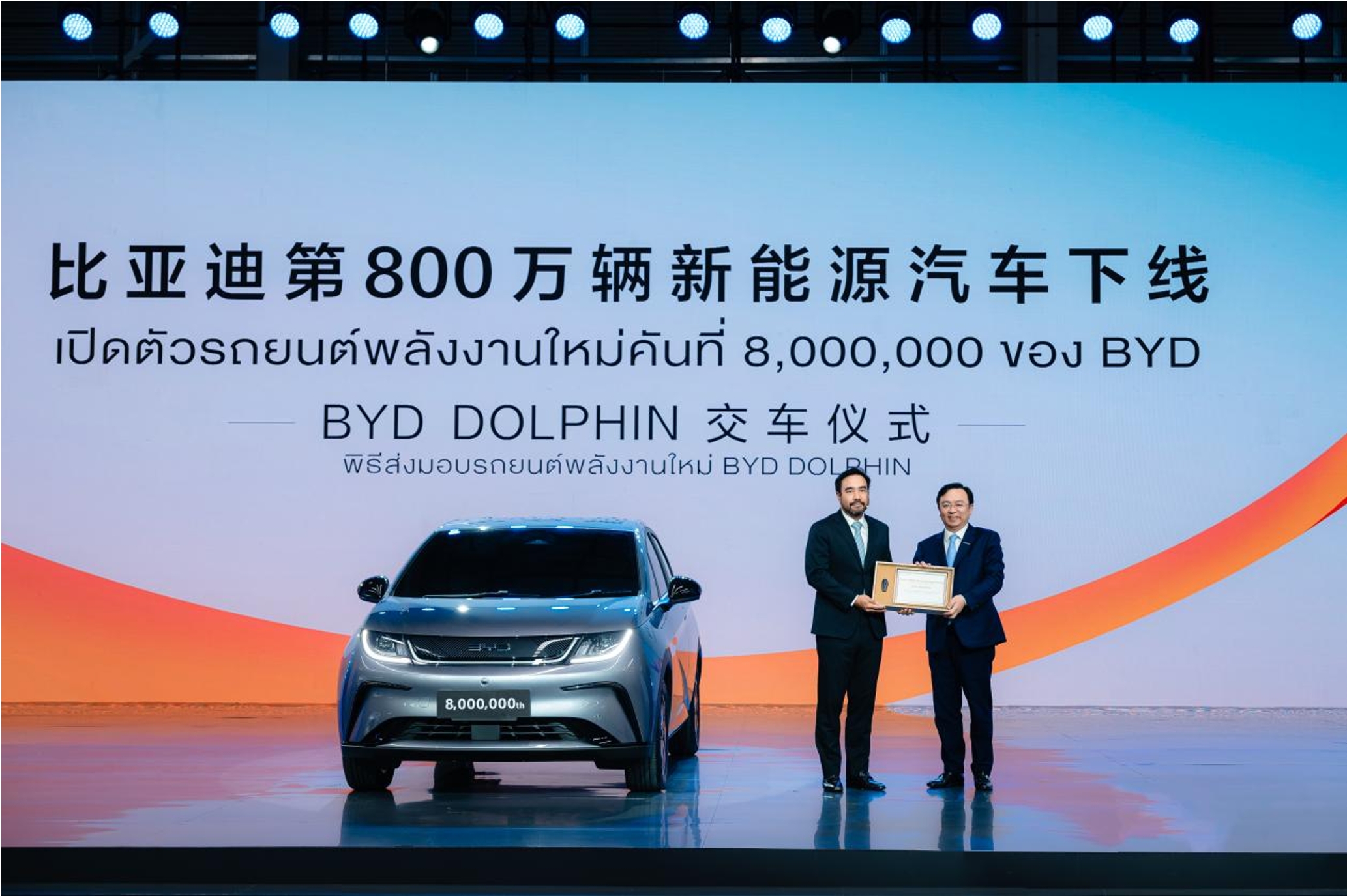
On July 4, as a BYD Dolphin slowly rolled off the production line and was handed over by BYD Chairman Wang Chuanfu to Prince Dispanadda Diskul, CEO of the Queen Mother Foundation of Thailand, BYD officially announced that it had welcomed its 8 millionth car. A milestone for new energy vehicles. Another milestone also on this day is the official completion of BYD's Thailand factory.
BYD's globalization strategy has since pressed the accelerator button.
Completed overseas factory construction in 16 months, "BYD Speed" shines in Thailand
Sixteen months ago, on March 10, 2023, BYD Auto officially held a groundbreaking ceremony for the BYD Thailand Rayong Factory in Rayong No. 36 Industrial Park, WHA Rayong, Eastern Economic Corridor, Rayong, Thailand. Just 16 months later, on the original wasteland, a large process factory and parts factory with a total area of approximately 948,000 square meters has been built, with business areas covering stamping, welding, and painting. It is an automobile production base for the production of complete vehicles, final assembly, and professional parts such as trim parts, frames, and wiring harnesses. When fully completed, its design production capacity will reach 150,000 vehicles, and it will provide about 10,000 jobs after full production.
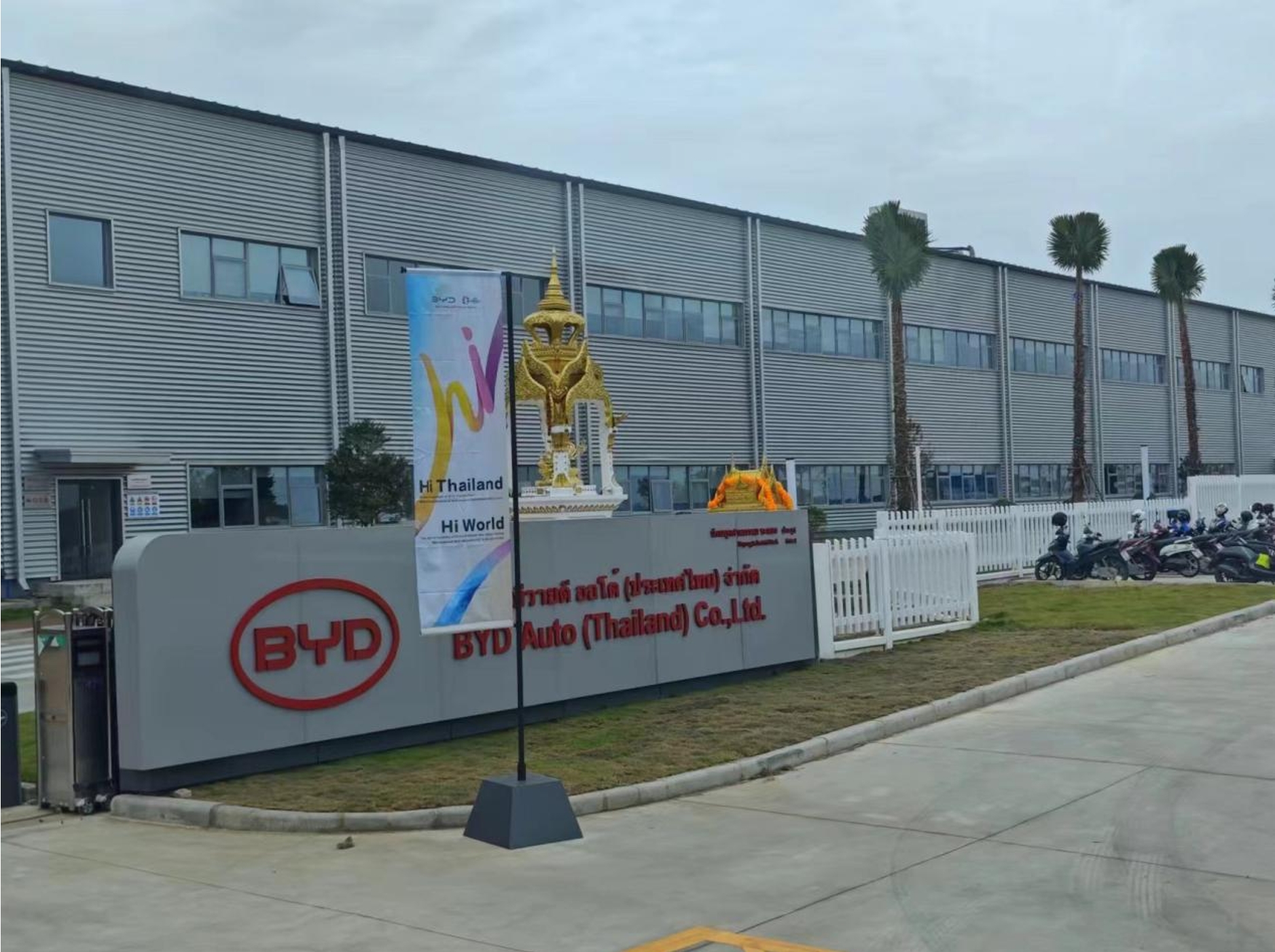
Generally speaking, for an automobile factory with an annual production capacity of 150,000 vehicles, it often takes several years from the start of construction to full production due to complex technical challenges and highly automated production line requirements. What's more, when this process is expanded overseas, multiple problems such as cultural differences and standards compliance need to be faced. However, BYD's factory in Thailand moved at an astonishing speed. It only took 16 months from foundation laying to production. This achievement of "BYD Speed" not only demonstrates the common importance that China and Thailand attach to new energy cooperation projects, but also fully demonstrates the BYD's efficient execution and excellent project management capabilities.
The efficiency of "BYD Speed" is not only reflected in the construction of the factory, but is also obvious to all in other aspects. In August 2022, BYD entered the Thai passenger car market. Two months later, BYD released the ATTO 3 electric vehicle for the Thai market for the first time. So far, BYD has released three pure electric vehicles, ATTO 3, Dolphin, and Seal L. As the first full delivery year, BYD has achieved a full-year registration volume of 30,650 vehicles in the Thai market, becoming Thailand's annual pure electric vehicle. It is the sales champion of electric vehicles with a brand market share of over 40%. Among them, ATTO 3 sales reached 19,214 units, accounting for more than 25% of the market share of pure electric vehicles in a single model year, firmly ranking the sales champion.
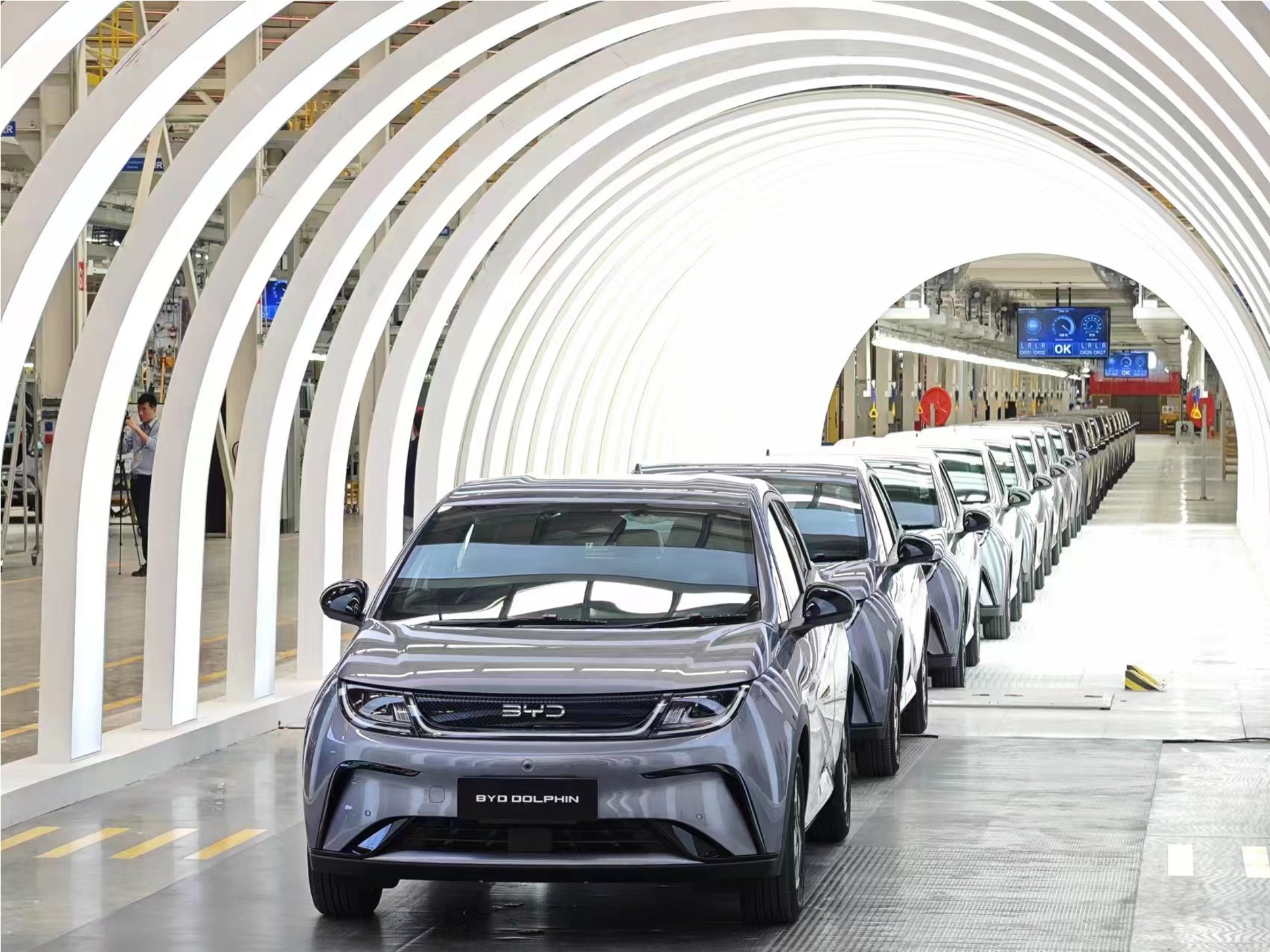
In fact, the display of "BYD Speed" in Thailand reflects BYD's rapid development on a global scale. As the world's leading new energy vehicle company, BYD's leap from 0 to 1 million new energy vehicles took a long time. It took 13 years, but it only took one year from 1 million vehicles to 2 million vehicles, and only half a year from 2 million vehicles to 3 million vehicles. Now, it only took more than three months to reach the 7 millionth vehicle to the 8 millionth vehicle, and the "BYD speed" is still being refreshed.
When traveling abroad, why choose Thailand?
Both BYD and Chinese automobile companies have a long-standing desire for overseas markets, but the competitive pressure brought by the unfamiliar environment in overseas markets is also quite obvious. Therefore, for Chinese car companies that choose to go overseas, especially those who hope to achieve "high-quality overseas", the Southeast Asian car market, which is limited in size, has corresponding market rules but has breakthroughs, is undoubtedly a suitable place for Chinese cars to learn car rules. position.
Take BYD's entry into the Thai car market as an example. As a traditional strong market for Japanese cars, Japanese car brands such as Honda, Toyota, Nissan and Isuzu, thanks to their years of in-depth research and customization of Thai car consumption, originally accounted for almost 90% of the local market. With the above market share, few outsiders have been able to compete with Japanese cars in the past. However, the arrival of new energy vehicles has allowed Chinese car companies to find a breakthrough in the seemingly solidified Thai car market.
In 2023, the total sales of passenger cars and commercial vehicles in Thailand will be 775,780 units, and the share of Chinese car companies will reach 11%, increasing to 2.2 times that of the previous year. The market share of Japanese cars fell by about 8 percentage points to 78%. Chinese new energy vehicle companies represented by BYD are the leaders in creating this new era.
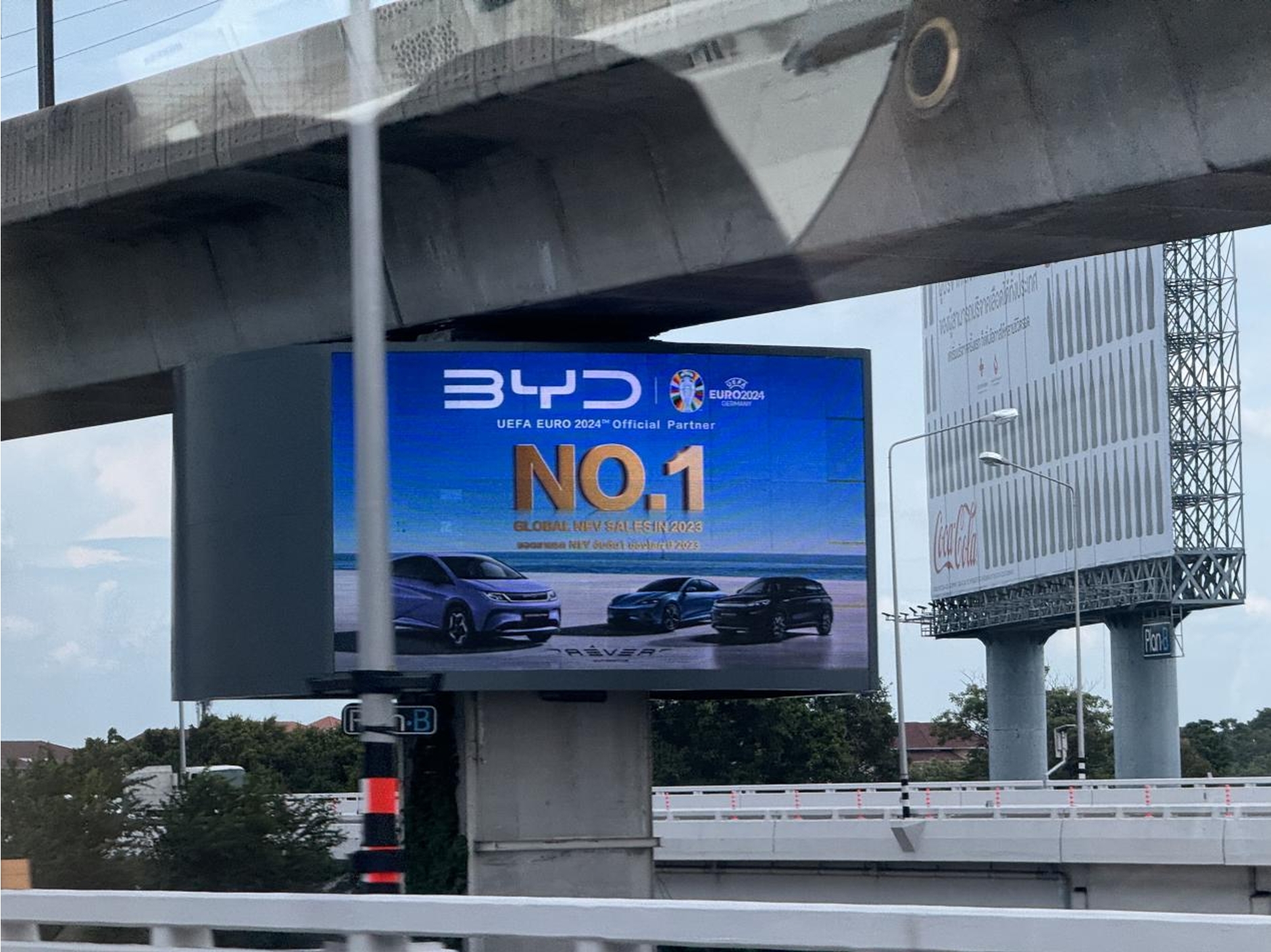
Not only that, Thailand, as an important window to overseas markets in Southeast Asia, also has its own unique advantages in the automotive field. According to data from the World Automobile Organization (OICA), Thailand is the largest automobile manufacturing country in Southeast Asia. It has developed into the 10th largest automobile production base in the world, the fifth in Asia, and the first in ASEAN, and the 16th largest automobile sales market in the world. In 2023, the total value of Thailand's automobile market will exceed 3 trillion baht (approximately 596.34 billion yuan), accounting for 18% of Thailand's GDP.
For Chinese automobile companies, investing in Thailand is not only as simple as opening up a new market, but also a key step in realizing the global development strategy. Setting up a production base in Thailand will allow them to better serve the Southeast Asian market and even the global market. Thailand can also serve as an important gateway for them to enter the global right-hand drive market. With the successful layout and operating experience in the Thai market, car companies can gradually expand their business to right-hand drive markets such as Australia, New Zealand, and the United Kingdom.
Considering various reasons, settling its first overseas production base in Thailand may be one of BYD's best choices, and the performance of the Thai market also confirms BYD's choice.
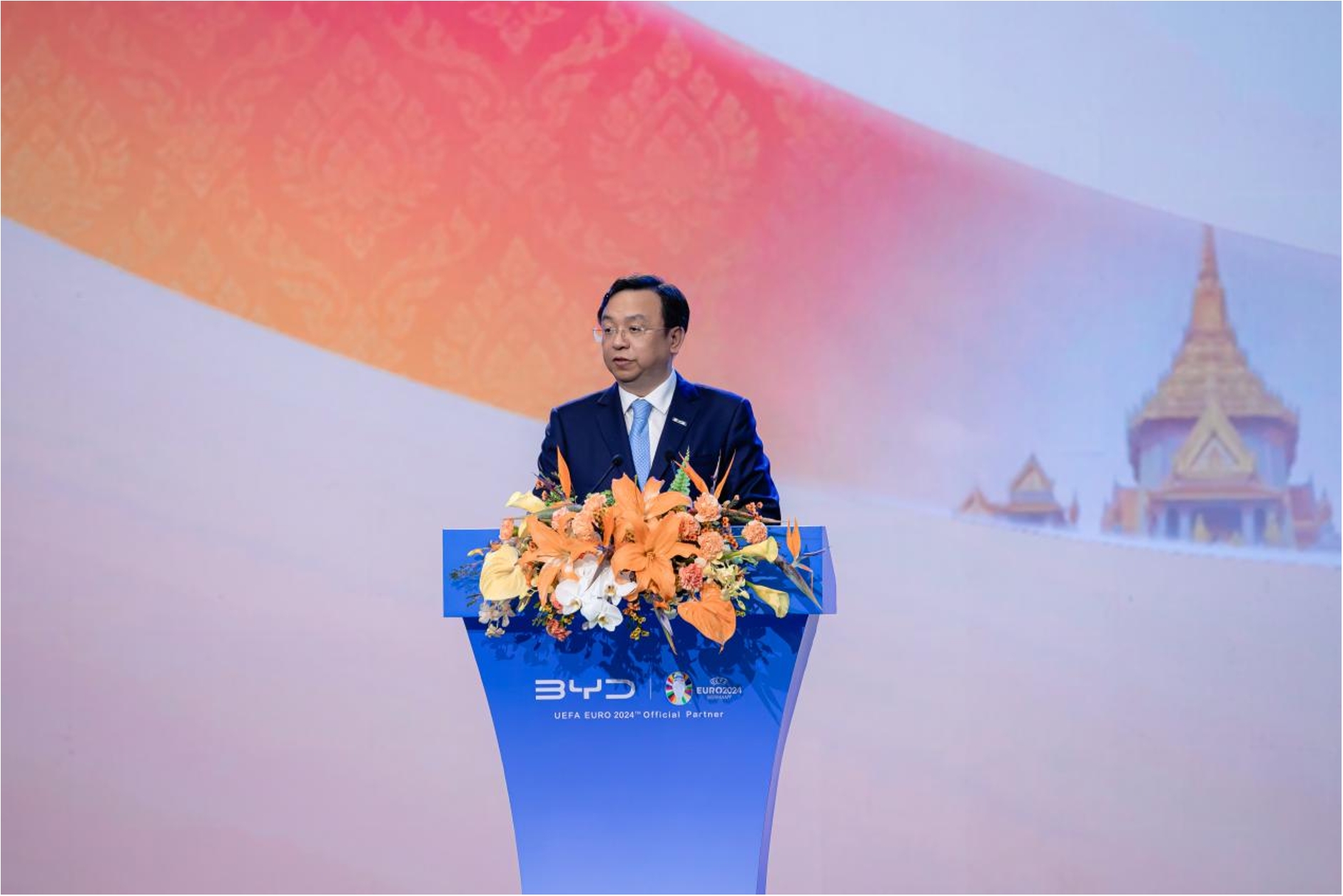
Just like at the factory completion ceremony, BYD Chairman Wang Chuanfu said: "From January 2023 to now, BYD has won the sales championship of Thailand's pure electric vehicles for 18 months and has become the best-selling new energy vehicle brand in Thailand. Today , in Thailand, one out of every three pure electric vehicles sold is BYD..." BYD is establishing its own new legend in a new field and market.
Embarking on a new journey, BYD opens a new era of systematic overseas expansion
As the global new energy vehicle champion, BYD obviously expects not only to lead the Chinese market, but also to cover the global market. Because of this, BYD has increased its overseas efforts in recent years. According to sales data in 2023, BYD passenger cars performed strongly in the export market, with sales of 243,000 units and a year-on-year growth rate of 337%. In the first half of this year, BYD's new energy passenger vehicle sales reached 1.607 million units, a year-on-year increase of 28.8%, and it continues to be the leader of global new energy vehicle companies. It is worth mentioning that sales in overseas markets also showed explosive growth, exceeding 203,000 vehicles, a year-on-year increase of 173.8%, and continued to maintain a strong growth momentum.
At present, BYD New Energy's overseas expansion has spread to 88 countries and regions around the world, covering more than 400 cities, fully demonstrating the effectiveness of its globalization strategy.
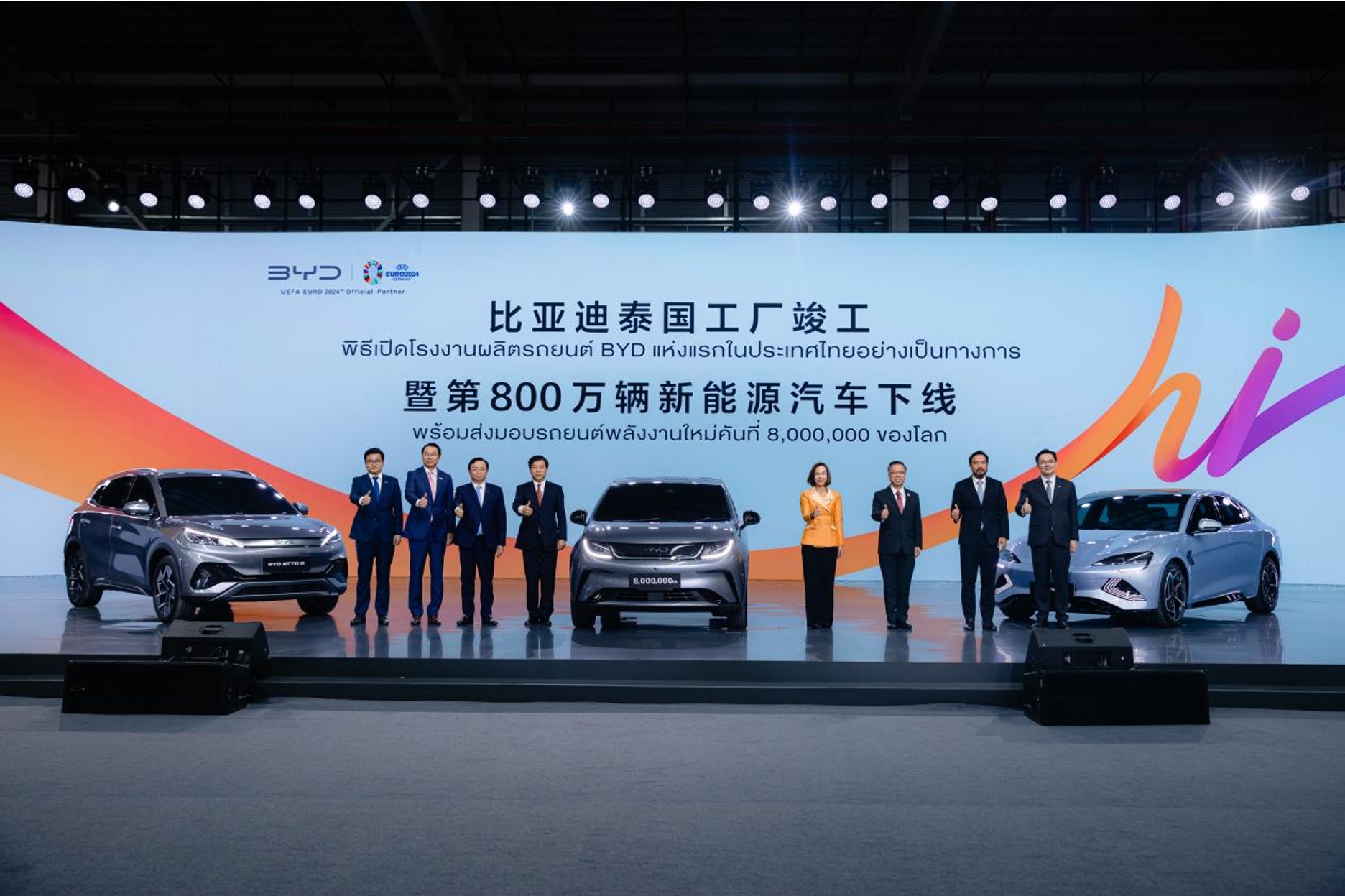
In addition to exporting its complete vehicles overseas, BYD is also actively working to achieve a foothold in the international market and sustainable development through localized production and other methods to systematically export its vehicles overseas. In addition to Thailand, BYD has announced that it will invest and build factories in Brazil, Hungary and other countries.
For example, in July 2023, BYD and the Bahia State Government of Brazil jointly announced that the two parties would establish a large-scale production base complex consisting of three factories in Camassari City, with a total investment of 3 billion reais (equivalent to RMB approximately 4.5 billion yuan). BYD's Brazilian production base complex will consist of three factories with a planned annual production capacity of 150,000 vehicles. As the largest automobile market in Latin America and the sixth largest in the world, entering the Brazilian market will significantly help broaden the competitiveness of Chinese automobile companies represented by BYD in the South American automobile market.
In the first half of this year alone, BYD's overseas sales of new energy vehicles reached 203,400 units, equivalent to 84% of last year's total. According to market estimates, BYD's overseas sales this year may reach about 500,000 vehicles. The launch of BYD's first overseas passenger car factory is an epitome and node in China's high-quality automobile overseas journey.
We have reason to believe that BYD, with its systematic overseas expeditions, will become an important leader of Chinese automobiles on the world stage. In the global auto market, there will be more and more Chinese cars, showing the world Chinese cars’ understanding and definition of the future of green and low-carbon travel.
